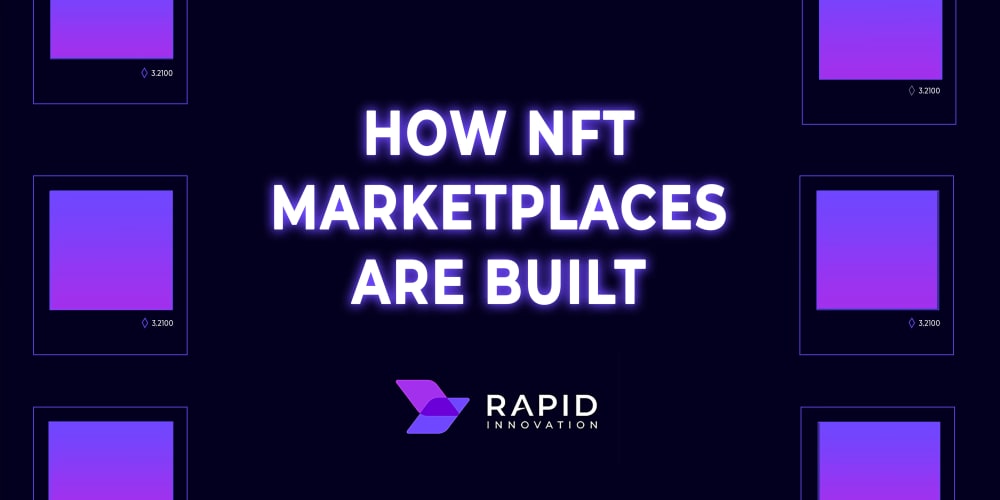In an era where Artificial General Intelligence (AGI) is rapidly advancing, the need for responsible development practices has never been more crucial. My recent research paper, titled "Enhancing Responsible AGI Development: Integrating Human-in-the-Loop Approaches With Blockchain-Based Smart Contracts," delves into the complexities and challenges of ensuring AGI systems are developed and deployed in a manner that aligns with human values, ethical principles, and societal needs.
The central theme of this paper is the integration of Human-in-the-Loop (HITL) methodologies with blockchain technology to create a robust framework for AGI oversight. AGI, which refers to machines capable of performing any intellectual task that a human can, presents unprecedented opportunities. However, with these opportunities come significant risks, particularly concerning the unpredictability of emergent behaviors, the difficulty in specifying complex human values, and the potential for rapid self-improvement that could lead to what some have termed an "intelligence explosion."
To address these challenges, the paper proposes a novel framework that combines the adaptive intelligence of human overseers with the transparency and immutability of blockchain technology. The HITL approach ensures that humans remain an integral part of the decision-making process, particularly in scenarios where ethical judgments are required or when AGI systems encounter novel situations that fall outside their training data.
Blockchain technology, on the other hand, offers a decentralized, tamper-resistant platform for recording all interactions between AGI systems and human overseers. By employing smart contracts, the system can automatically trigger human oversight based on predefined criteria, such as low decision confidence, the detection of novel scenarios, or potential ethical dilemmas. This creates an immutable audit trail that not only enhances transparency but also ensures accountability in AGI decision-making processes.
One of the key innovations of this framework is its decentralized governance model. By using blockchain's consensus mechanisms, the framework allows for diverse expert participation, where various stakeholders, including ethicists, policymakers, and technologists, can contribute to the oversight process. Token-based incentives are introduced to encourage active and quality participation from human overseers, further aligning stakeholder interests with responsible AGI development.
The paper also explores the practical applications of this framework through a case study involving Medi-AGI, a hypothetical AGI system designed for medical diagnosis. In this scenario, the framework demonstrates its potential to enhance decision-making accuracy, maintain ethical standards, and provide a transparent record of AGI-human collaboration in critical applications. For instance, in cases where Medi-AGI's confidence in a diagnosis falls below a certain threshold, the system automatically triggers a request for human review. This not only helps catch potential errors but also allows for the incorporation of the latest medical research that the AGI may not yet have integrated.
As the sole author of this paper, my passion for this work is deeply rooted in the intersection of technology, ethics, and governance. The development of AGI is not just a technical challenge but also a profound ethical and societal one. By integrating HITL approaches with blockchain, I aim to contribute to the ongoing discourse on how we can ensure that AGI systems are developed in a way that benefits humanity while minimizing potential risks.
The implications of this research are far-reaching, offering policymakers, technologists, and ethicists a concrete tool for implementing AGI regulations that are both adaptable and scalable. As AGI systems continue to evolve, it is imperative that we have robust oversight mechanisms in place to guide their development and deployment.
In conclusion, this research represents a significant step towards responsible AGI development. By bridging the gap between human ethical judgment and technological rigor, the proposed framework provides a comprehensive approach to AGI governance, one that is crucial for navigating the challenges and opportunities that lie ahead.
For those interested in a deeper dive into this research, the full paper can be accessed at DOI: https://doi.org/10.9734/jamcs/2024/v39i91924























